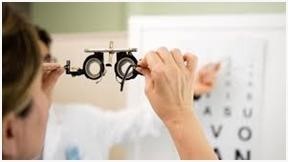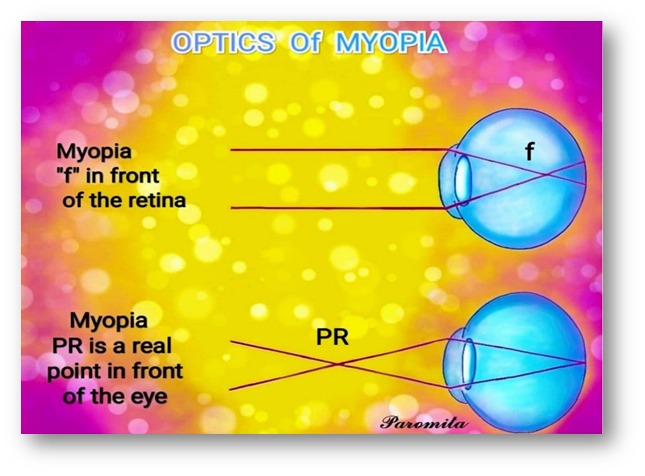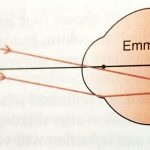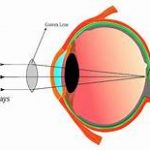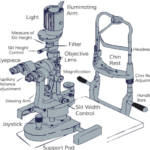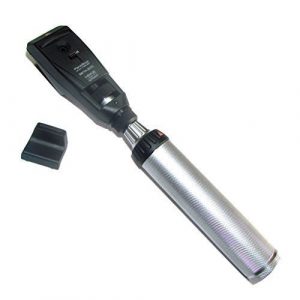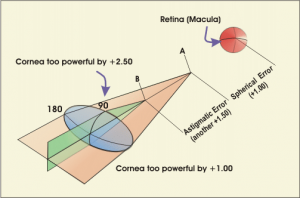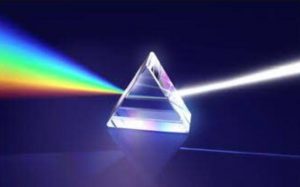Before we discuss the optics of myopia we should acknowledge the laypersons terms for myopia.
Myopia means I shut the eye; the term was introduced from the habit of half – shutting the eye (gaining the advantage of stenopeic slit vision)to improve distant vision.
DEFINITION OF MYOPIA – The refractive condition in which parallel light rays from an object at optical infinity are focused by the eye in front of the retina,
with accommodative relaxed.
The eyeball is too long or the cornea (the clear front cover of the eye) is too curved.
If one or both parents are nearsighted, there is an increased chance their children will be nearsighted. Even though the tendency to develop myopia may be inherited, its actual development may be affected by how a person uses his or her eyes. People who spend considerable time reading, working at a computer, or doing other intense close visual work may be more likely to develop myopia.
Myopia is a highly significant problem, not only because of its high prevalence, but also because it can contribute to visual morbidity.
The posterior segment changes in the myopic eye place it at risk for the development of other conditions.
ETIOLOGY :
- AXIAL MYOPIA – Due to increase antero – posterior (axial) length of eye and others parameters are normal.
- CURVATURAL MYOPIA – Occurs due to increased curvature of the cornea, lens or both.
- POSITIONAL MYOPIA – Due to anterior placement of crystalline lens in the eye.
- INDEX MYOPIA – Due to increase in the refractive index of crystalline lens associated with nuclear sclerosis.
OPTICS :-
- Far point of the emmetropic eye is a infinity. But in myopia , the far point is at a finite distance in front of the eye.
- The rays coming from a point of the retina are less divergent
than the corresponding rays in emmetropic eye.
- So, in myopic eye , the clear image is only possible when the diverging power of optical system is increased , by means of a concave lens.
- Since the nodal point is farther away from the retina , the image is larger , but blurred.
- There may be an apparent convergent squint due to the presence of large negative angle alpha.
REFRACTIVE ERROR :- A refractive error exists when the rays of light do not focus on the retina because –
- The eye’s optical system is to powerful , over converging light in front of the retina (myopia / nearsighted).
REFRACTIVE AND AXIAL MYOPIA :- Myopia can be characterized as refractive or axial, although a continuum of the two types exists. In refractive myopia, the overall refractive power of the eye as determined by cornea and crystalline lens power, modified by anterior chamber depth, is excessive in relation to an eye of normal axial length (21.5 to 25.5 mm). The axial length is normal because it is the product of normal growth. Axial myopia is the result of an excessive elongation of the eye with respect to its refractive components. In these eyes, there is added expansion due to stretching of the scleral wall. These differences in refraction components can have clinical effects. It is of some clinical importance to appreciate that equal amounts of myopic progression are produced by smaller increase in axial length in refractive myopia compared with axial myopia.
| MYOPIA MUST NEVER BE OVERCORRECTED |
THE ANGLE KAPPA :- The angle between the visual and pupillary axes of the eye is defined as the angle kappa. The visual axis in emmetropic eyes is normally slightly medial to the pupillary axis. This is defined as a positive angle kappa. In higher grades of myopia, a temporal shift in the visual axis with respect to the pupillary axis is seen, resulting in a negative angle kappa. Patients with a negative angle kappa may have the illusory appearance of esotropia on cursory examination (pseudoesotropia). This temporal shift of the visual axis in high myopia probably relates to an asymmetric expansion of the posterior segment of the globe. These illusory shifts in the visual axis can be distinguished easily from true tropias by cover testing.
TREATMENT :- (OPTICAL )
- GLASSES AND CONTACT LENSES.
- GLASSES – By appropriate concave lenses.
- In case of low myopia (up to – 6D) : A full correction is given for constant use ,especially for children . In adults ,weaker lenses for near work are essential.
- In high myopia ( more than -6D ) : Slight undercorrection is always done , and same or weaker lenses are prescribed for the near work.
- CONTACT LENSES : It have most important role in myopic correction.
